New Discovery of Yanyuan Archaeological Discovery Reapchers Mysterious Bronze Kingdom
Author:Chuanguan News Time:2022.06.18
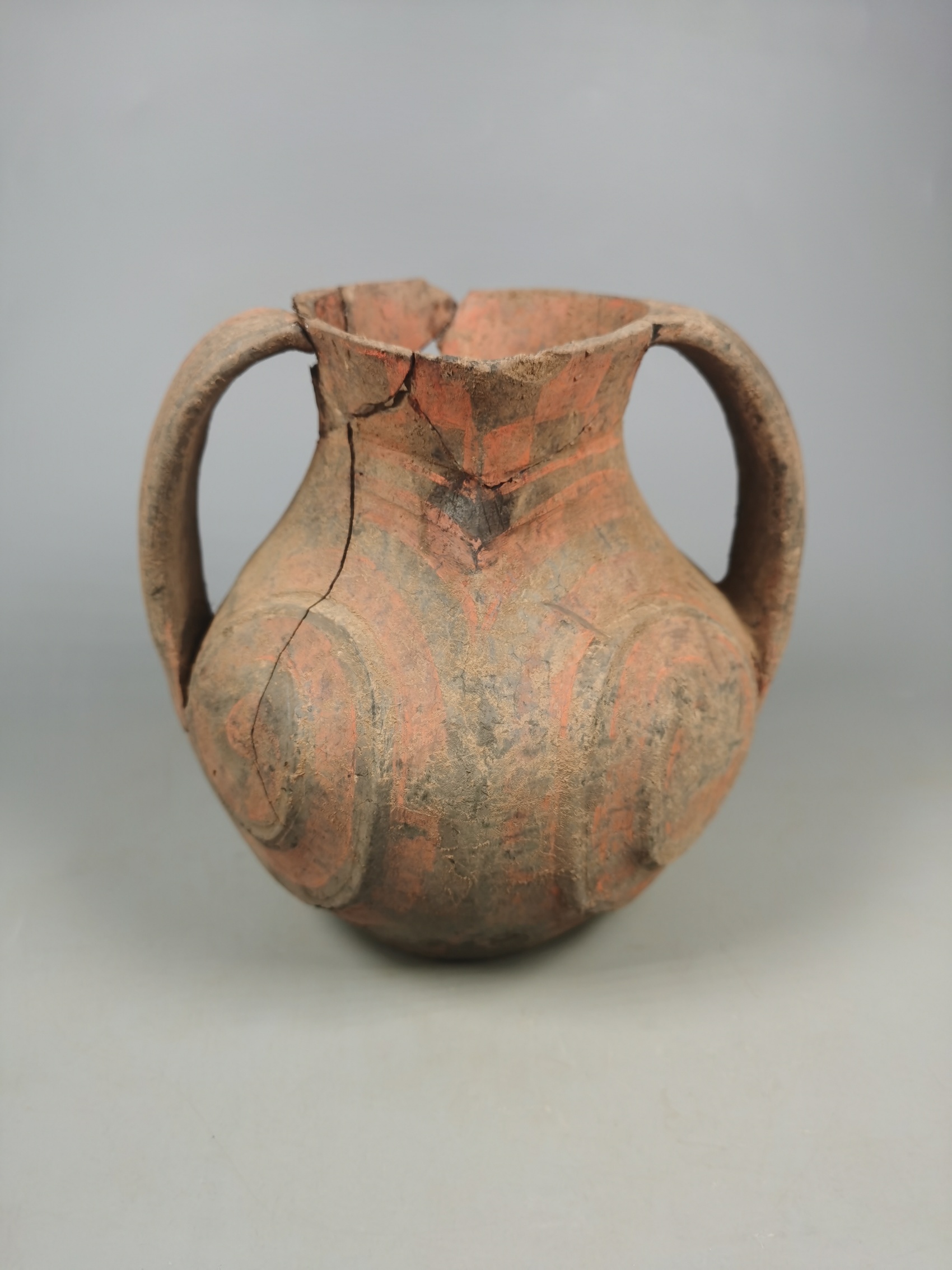
Tao Shuang ear tank
Kawaguan News reporter Wu Xiaoling
On June 18, "Exploring the Awareness of the Chinese Nation Community of Ancient Civilization · Casting the Chinese Nation Community" -The first Yanyuan Bronze Culture and the interaction of the interaction of various ethnic groups was held in Yanyuan County, Liangshan.
The reporter learned from the conference that the fourth rescue excavation results of the fourth rescue excavation of the old leader of Yanyuan County: discovered the most complete bronze waist machine in the southwestern region of China; the three -wheeled bronze carriage was one of the earliest three -wheeled carriage physical models in China; the shape of the shape; the shape of the shape; the shape; Various and different types of bronze -branches have highlighted the unique belief worship of Yanyuan bronze culture ... The experts at the meeting believe that the important breakthrough of archeological excavations of the old leaders shows that the Sichuan -Yunnan regional center in the Bronze Age has formed.
Discovered the longest -lasting bronze era cemetery in the southwestern region
The Yanyuan Basin, an important node on the cultural exchanges between the north -south and the crowd migration channel in the east and south of the Qinghai -Tibet Plateau, is also an important part of the Tibetan Yi Corridor in the ethnicology. The special geographical and cultural location makes the ancient culture of the region present the characteristics of diversity and composite. Since the 1980s, precious cultural relics represented by a three -wheeled copper carriage, snake frog copper pupa, and the head of the three women's backs of water waters have witnessed the rich historical and cultural accumulation of Yanyuan area, especially the inscription bronze of the inscriptions of the "Similar Law Measurement" The unearthed by the rod has become a testimony of the early integration of the Chinese ethnic group in the Southwest minority.
Since 1987, the Chengdu Institute of Cultural Relics and Archeology has carried out four rescue excavations on the old leader cemetery with the Liangshan Yi Autonomous Prefecture Museum, and the Yanyuan County Cultural Relics Management Institute. In the past three years, he has obtained important discoveries again.
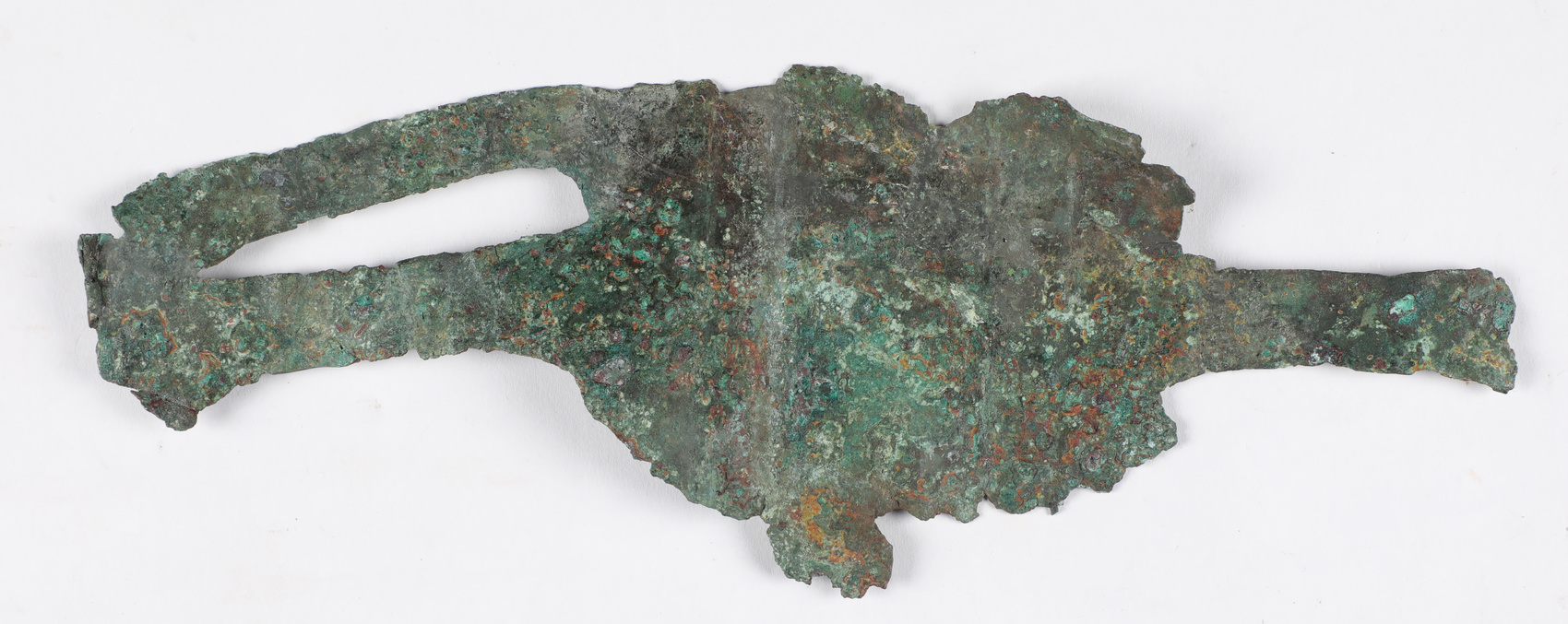
Copper waist
Tian Jianbo, the person in charge of the archeological excavation site of the old dragon head cemetery, introduced at the seminar that the old leader cemetery lasted for a long time and continued from the late Shang Dynasty to the early Western Han Dynasty. The cultural spectrum and age of the bronze era in the southwest and even the western Yunnan region provided the ruler and reference system. "During the tombs, it was found that the head and hoof, cinnabar burial, funeral, amputation, and amputation of different periods showed the unique local funeral customs.
There are more than 5,000 pieces (sets) unearthed in these tombs, including nearly 2,000 pottery and more than 1,700 copper wares. Among them, the types of bronze wares are the most abundant, mainly including weapons such as Ge, Sword, Sword, Armor, and armor, as well as horses, Danglu, Maza and other horses, the head, branches, bird -shaped decorations, round belt decoration and other decorative etiquettes for decorative etiquettes. Oversal and so on. A large number of newly unearthed cultural relics are of great significance for clarifying the buried background and function of many bronze wares in Yanyuan area.
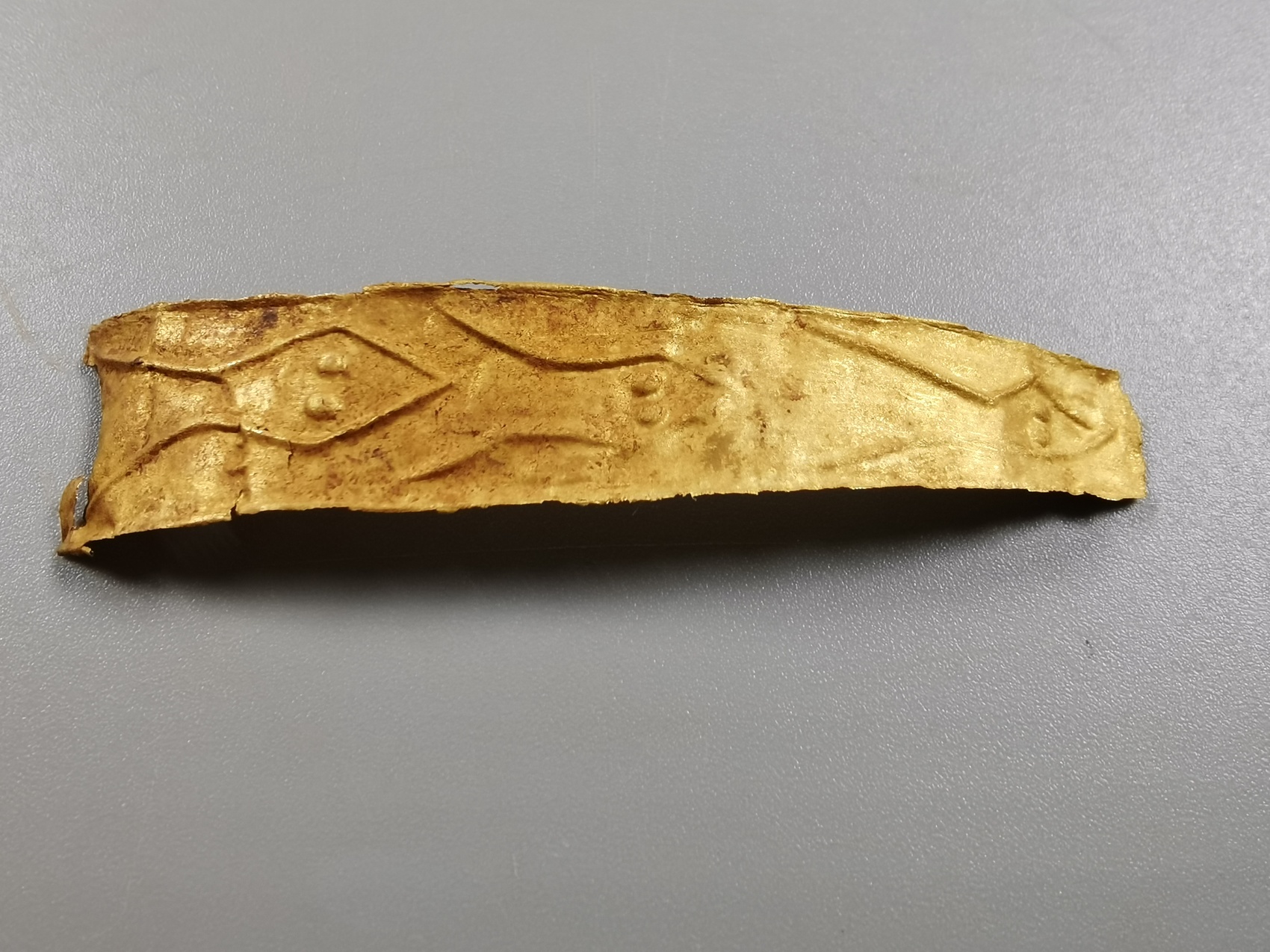
Golden jewelry
Cultural relics unique reflection of unique belief worship
The significant feature of Yanyuan bronzes is its manufacturing process and shape, showing distinctive regional characteristics and unique aesthetics.
A high -level Warring States Tomb that was excavated this time discovered the most complete bronze waist machine in southwestern China.
According to reports, there are 41 various types of utensils unearthed in the tomb. Among them, this complete bronze waist machine includes the workter, weft knife, scroll axis, rolling axis, meridian sticks, waist guards, etc., which is very rare. In addition, the tomb is also unearthed with large double -ear tanks. Tian Jianbo said that the combination of bronze textile tools and painted large double -ear tanks is only seen in the highest -level tomb of the old dragon's cemetery, which may belong to the ruling class of the old leaders.
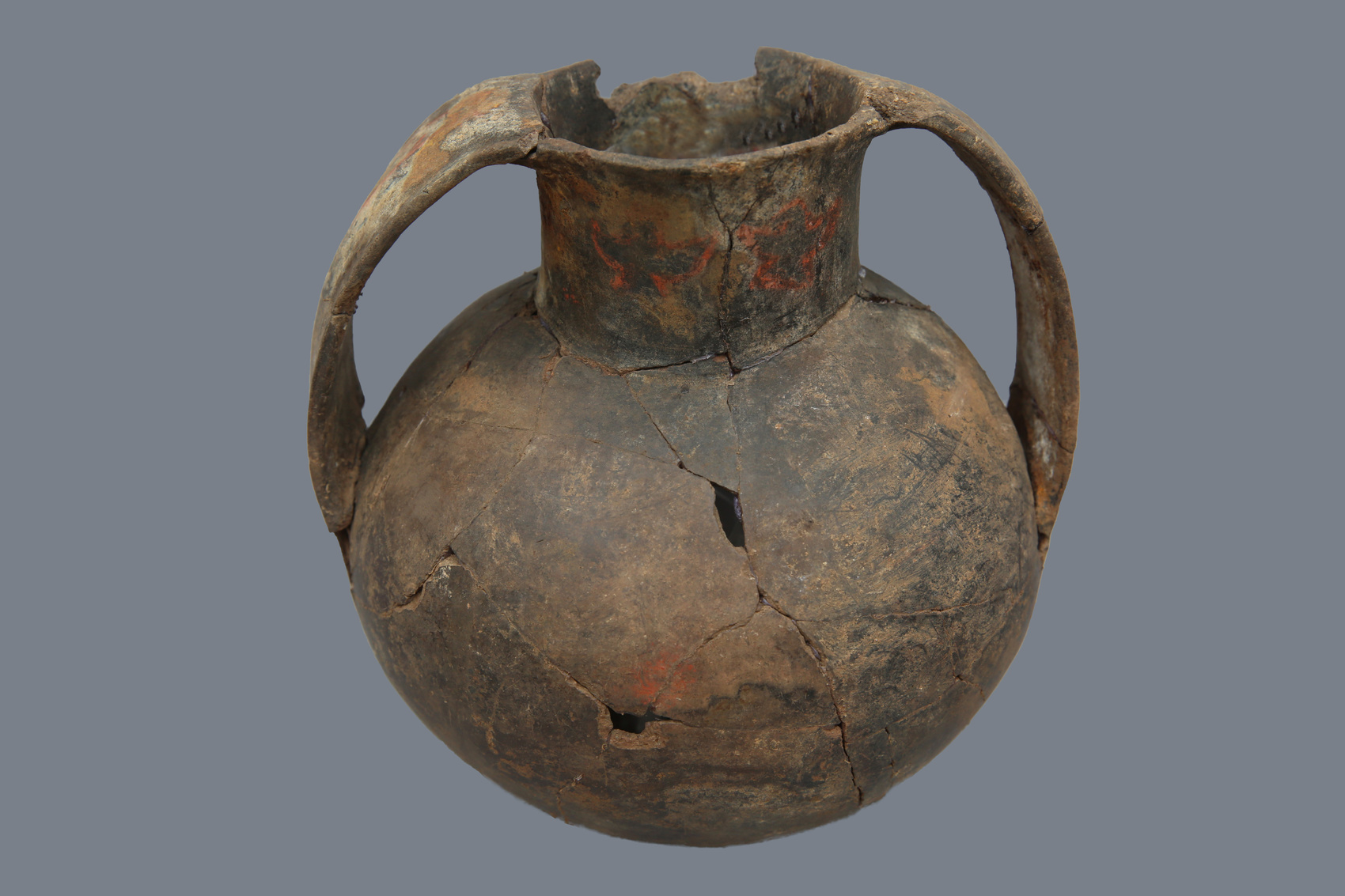
Tank

Copper
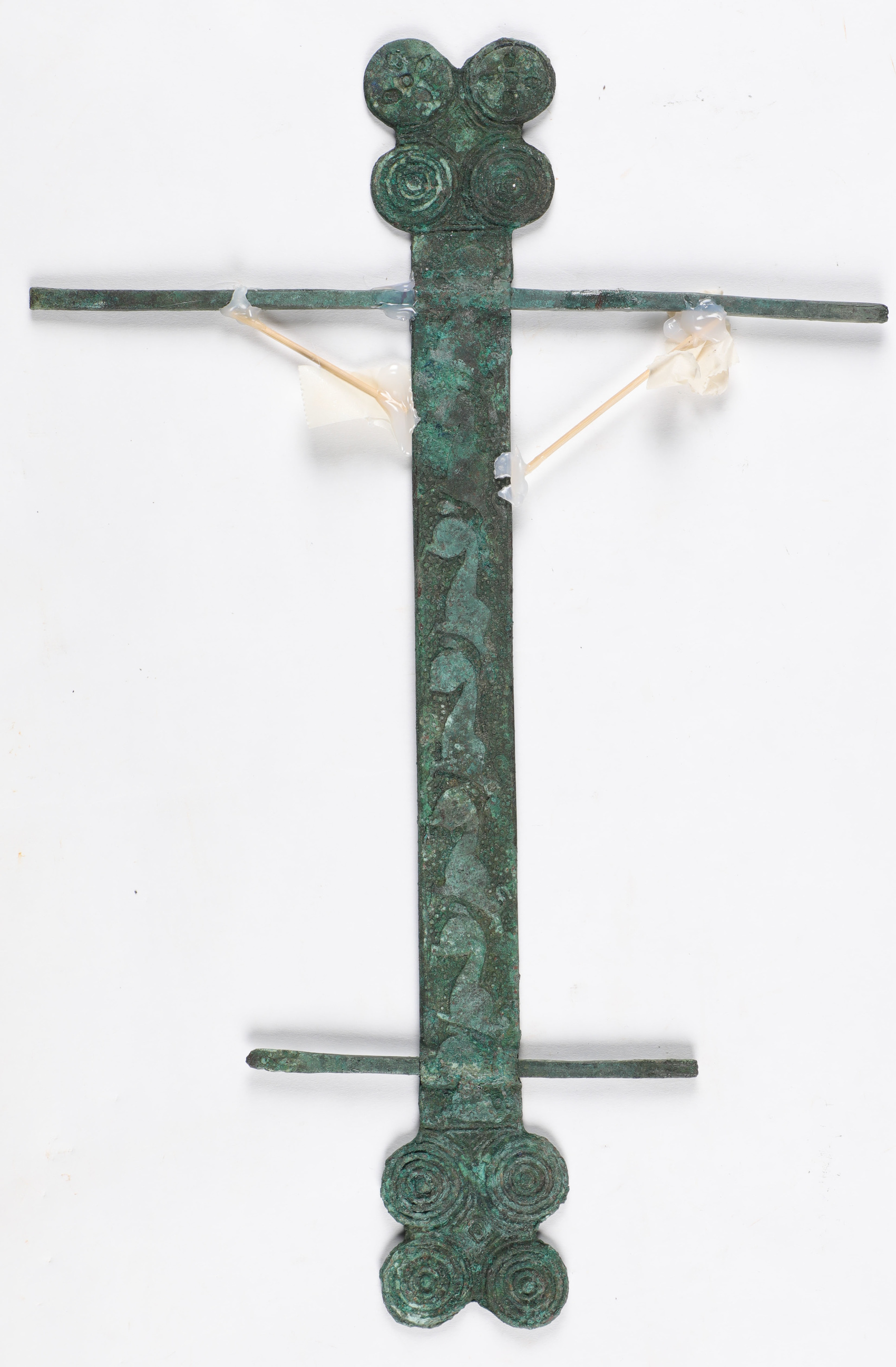
Copper
Another large -scale belt tomb was found in a three -wheeled carriage physical model.
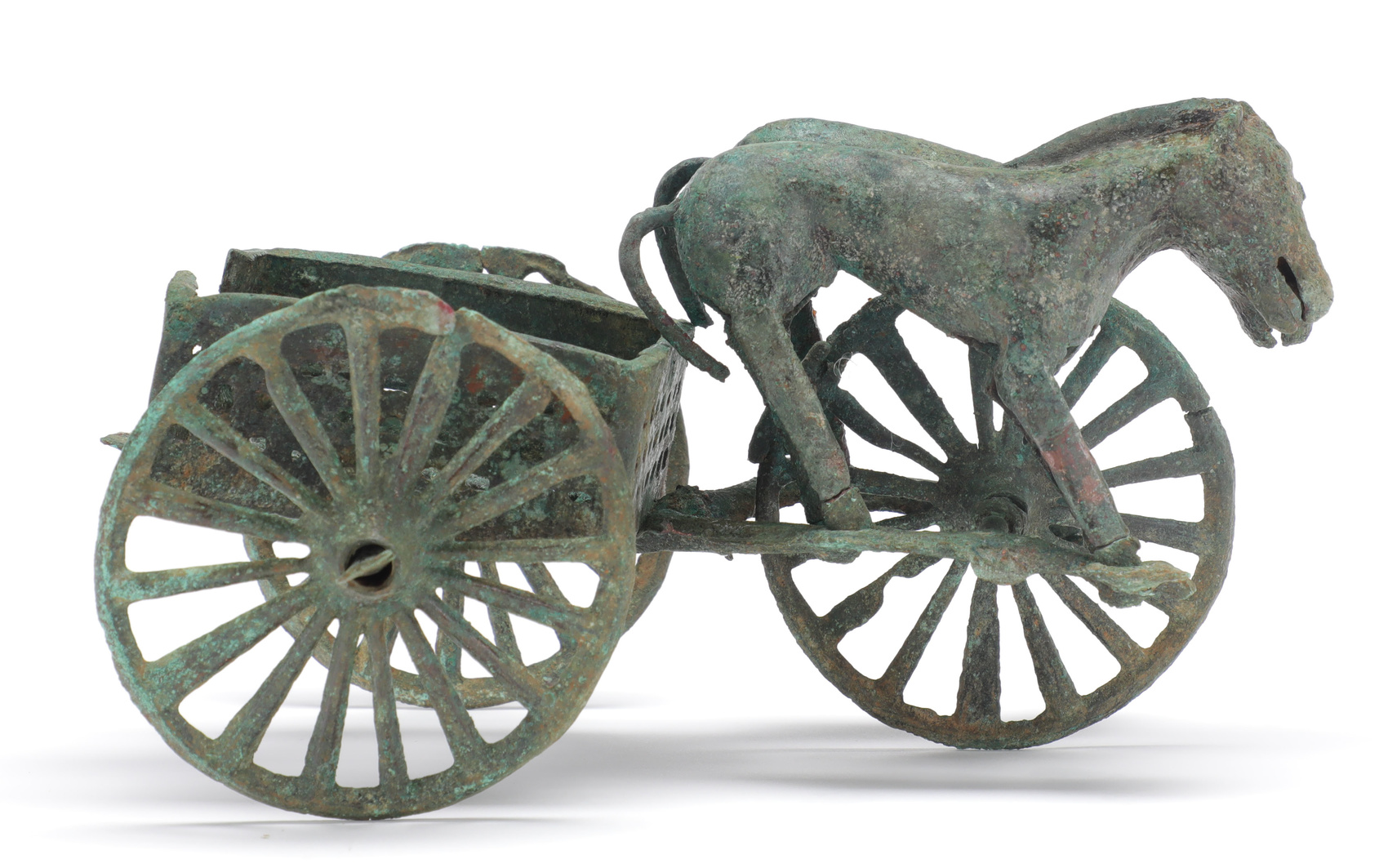
Bronze car
When the tomb was cleaned up, a group of bronze wares including copper spoons, copper cases, copper people and copper carriages were placed in order from top to bottom. And this copper carriage is one of the earliest three -wheeled carriages discovered by China. The bronze portrait unearthed from the tomb stands standing, wearing a round hat to wrap her ears, a broadband shape on the neck, holding a pair of ear tanks in front of the hip, the upper body is exposed, the lower body is in a half skirt, the feet step on the tip of the tip Head shoes. The dual -ear tank is a typical pottery in the old dragon's cemetery, which is very distinctive.
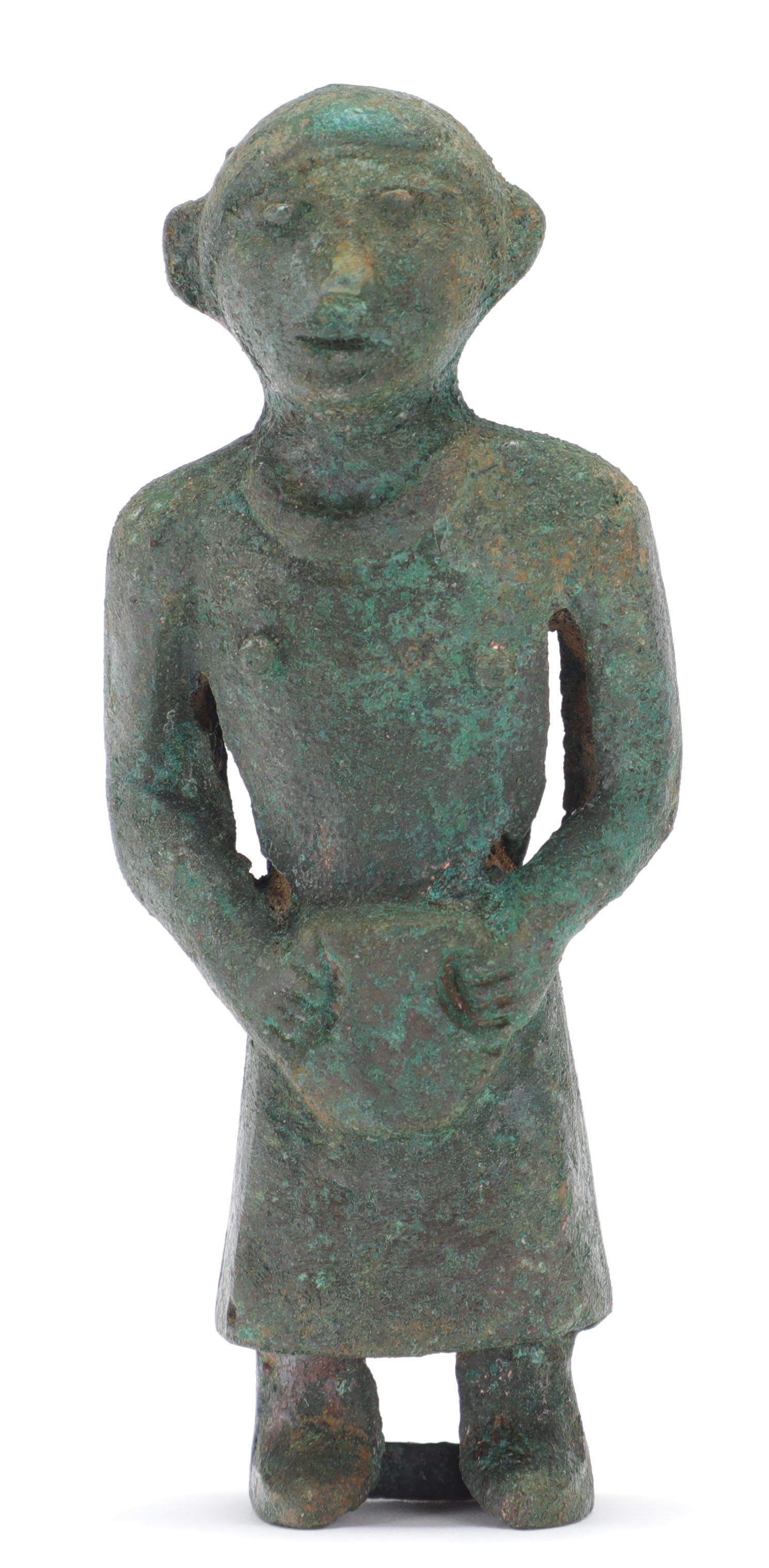
Bronze
More branches with different shapes reflect the unique beliefs of the local ethnic group. From the perspective of the manufacturing process and shape of the bronze ware, it is obviously a tribe with its own unique aesthetic and culture.
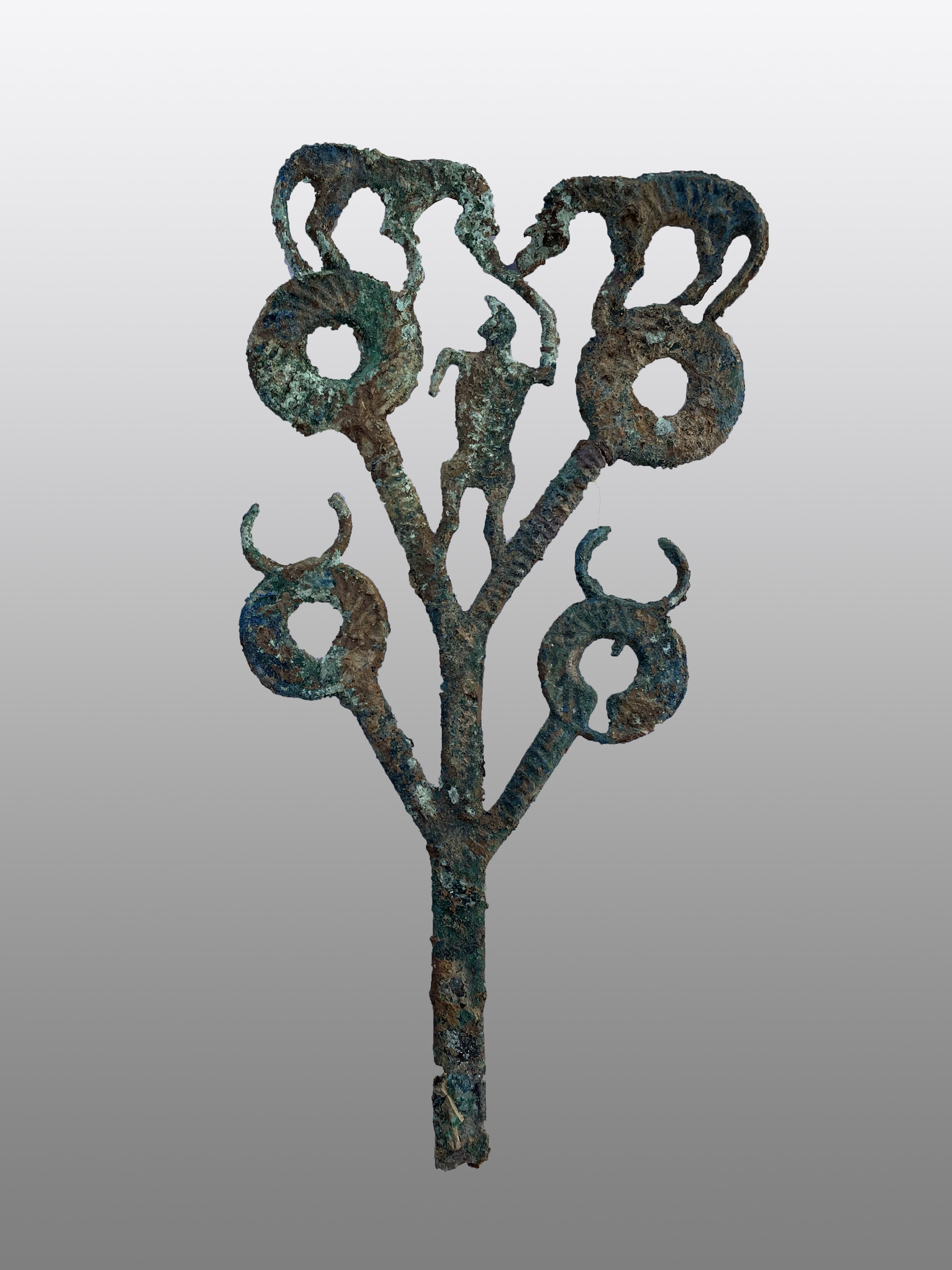
Copper branches (one person double horse)
The reporter saw at the seminar that a bronze -branches that are unique, different in shape, variety of types, and beasts are the most characteristic bronze elements of the old dragon -headed cemetery. The most common theme. In the past three years, a number of new animals have been discovered, such as pigs, deer, and reptiles. It is an important feature of Yanyuan bronze culture separated from the surrounding bronze culture, and also reflects the unique funeral customs and belief worship of the old leaders.
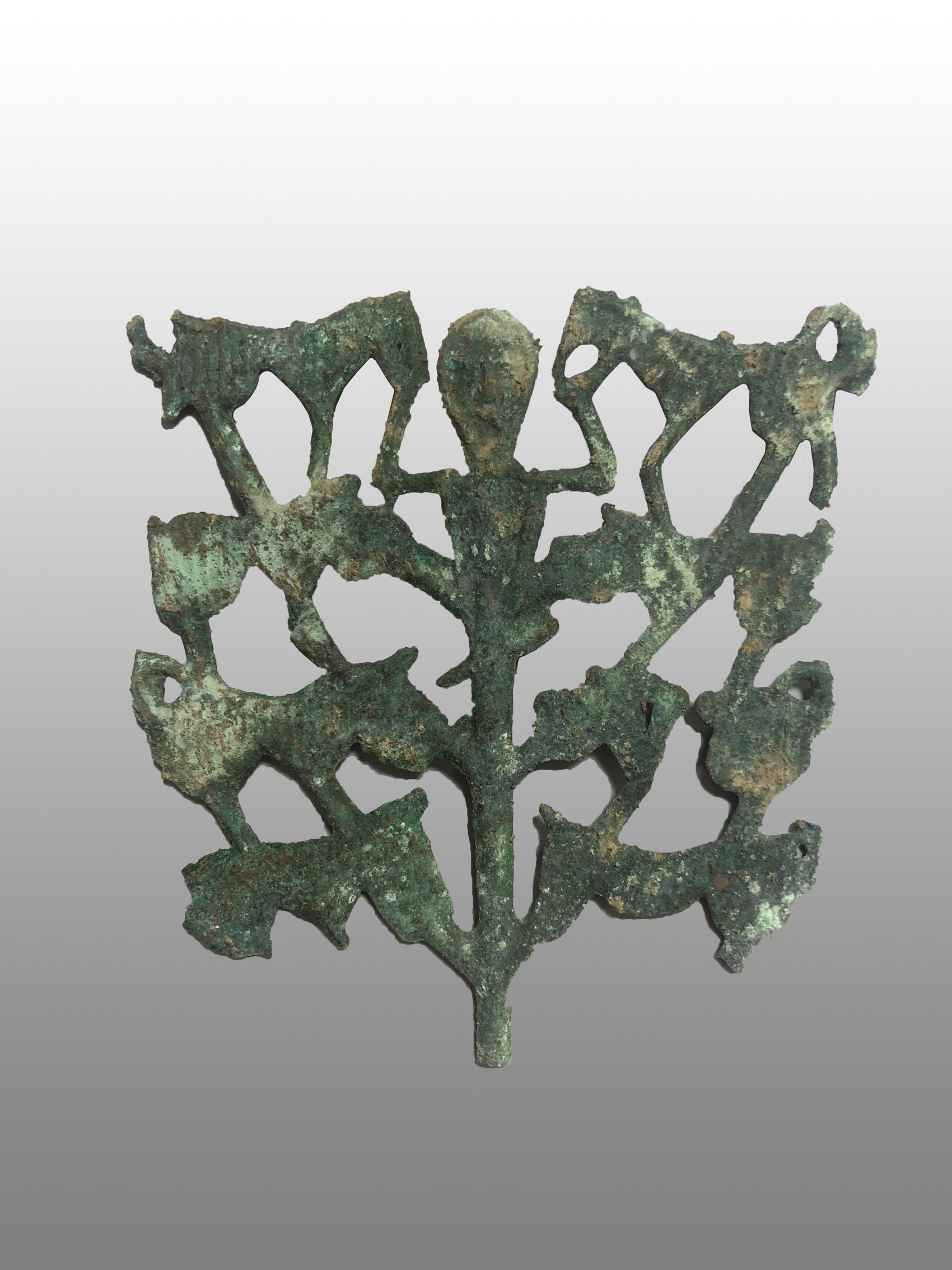
Copper
According to reports, these unique bronze wares are likely to be cast locally. This archeological excavation was also unearthed in a group of stone fans in a tomb and pottery bags and pottery drum ducts that could be used for coppermaking. Archaeologists speculated that the tomb owner might be a bronze castor. The stone fan of a multi -device also shows more mature casting technology.

Portrait close -up of the portrait of copper branches
Emphasize the history of the interaction and exchanges of various ethnic groups in the southwest
It is worth mentioning that a large number of cultural relics related to the salt source basin far southwest of China are related to horses.
A large number of relics related to the horses were found in the old dragon's cemetery, mainly including martyrs and horses, and carriages and copper horses. The martyrs include the whole horse and the horse's head, which is generally found in large tombs. In addition, a separate martyr pit was found for the first time. The customs of burial horses and horses are more common in the grassland of northern China and Eurasia. The still wind of the Sanyuan Basin shows the strong northern grassland cultural style. There are also small horse decorations, Lianzhu and handle bronze mirrors unearthed in the old dragon head cemetery.
Copper spoon, case and carriage unearthed scene
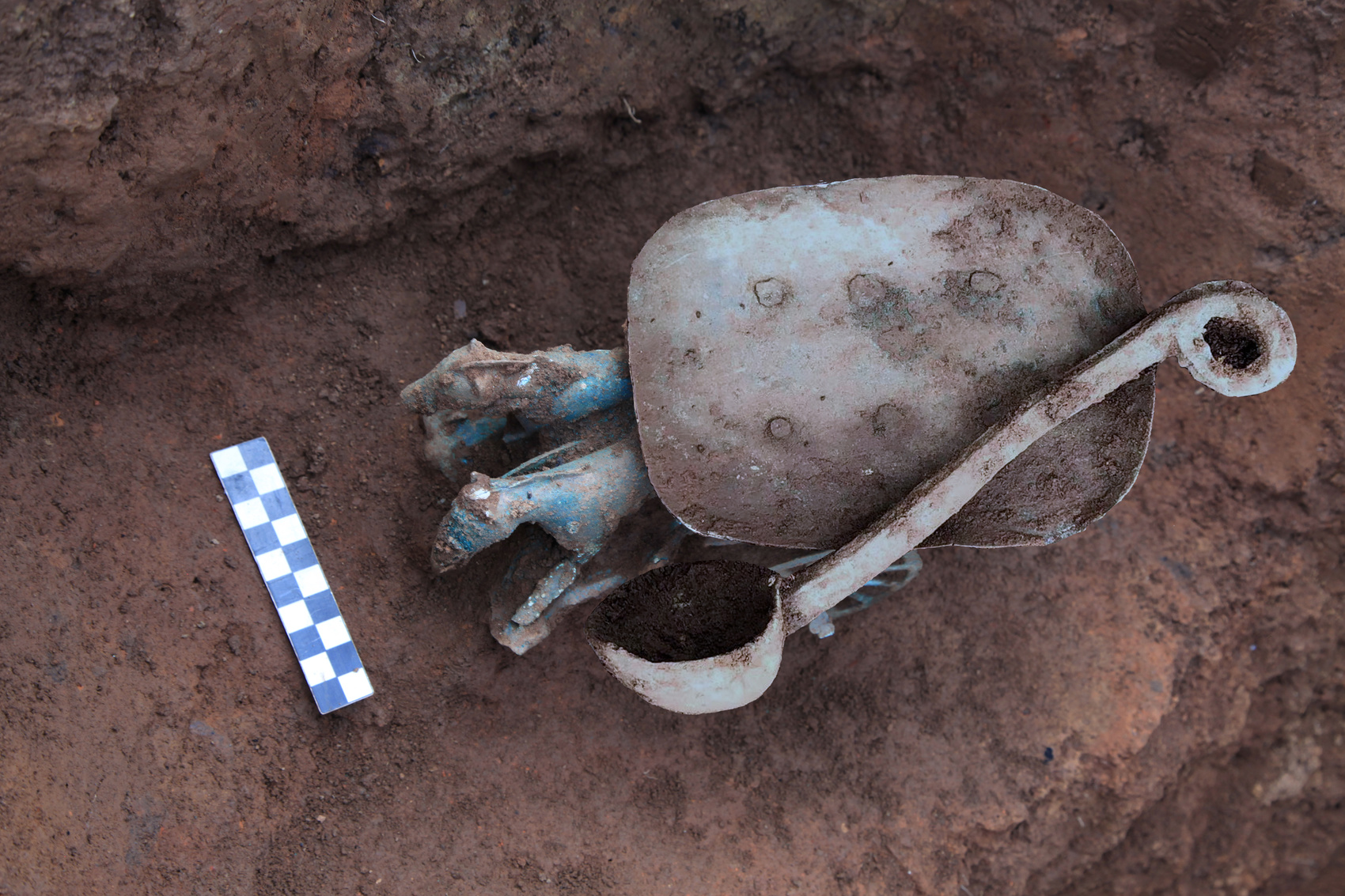
Why does the Yanyuan Basin appear the wind of Shangma culture in the northern grassland? Professor Sun Hua, director of the Academic Committee of the Academic Committee of Peking University Archeology, believes that "this is related to the location of the East Market Cultural Communication Belt of the Qinghai -Tibet Plateau and the regional location connecting the north and the south. In addition, the bronzes of the Sichuan Basin and the bronze culture of Yunnan are blended here. "
Copper horse titles and ways
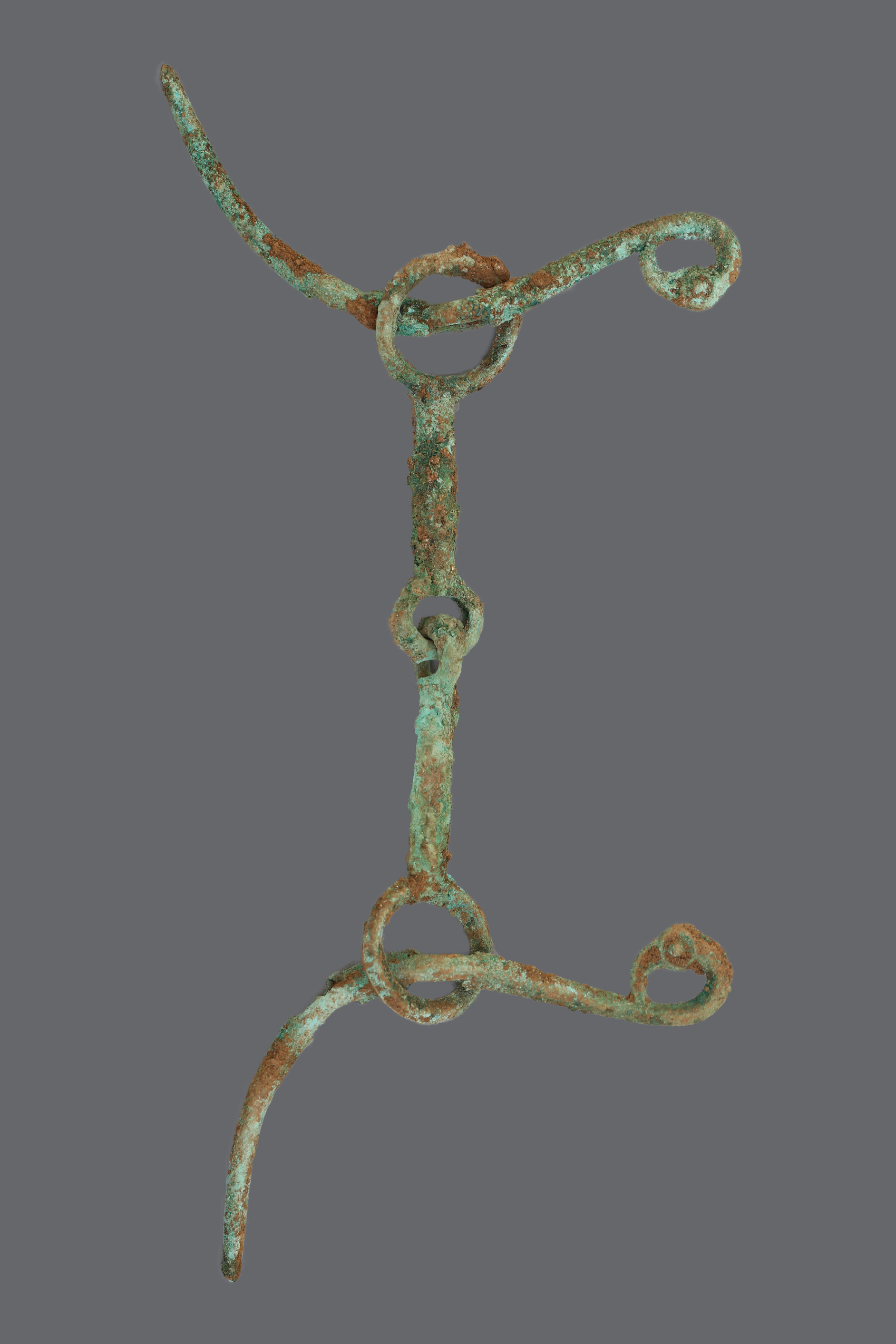
Wang Wei, chairman of the Chinese Archaeological Society, said that the batch of cultural relics unearthed from Yanyuan have both the style of northern nomadic grassland culture and local characteristics of the Southwest region. It can be said that it is an important discovery of Southwest archeology in recent years. For the migration, cultural exchanges between the northwest of China to the southwestern region, and the cultural exchanges between the Yanyuan Basin and the surrounding areas, it provides valuable information. "
Zhou Zhiqing, deputy dean of the Chengdu Cultural Relics and Archeology Research Institute and the head of the archeological project of the old leader site, said in his speech that the unique tomb shape and funeral customs of the old dragon head cemetery, as well as cultural relics with distinctive era and regional characteristics, showed the salt source The complex and diverse cultural connotation of bronze culture highlights the characteristics of Yanyuan bronze culture unique, compatible, and diversified, and enrich the pattern and cultural connotation of Chinese civilization and diversification. The key has extremely high academic value. The archaeological results of the old leader site have evidenced the history of the interaction and integration of the exchanges and exchanges between the southwest, and enriched the overallness and commonality of Chinese history and culture. In addition, the excavation of the old faucet site is also of great significance to study cultural exchanges between southwest China and northern China, Eurasia, and Southeast Asia.
The picture is provided by Chengdu Cultural Relics and Archeology Institute
- END -
Small Town Pen | Three people should not read
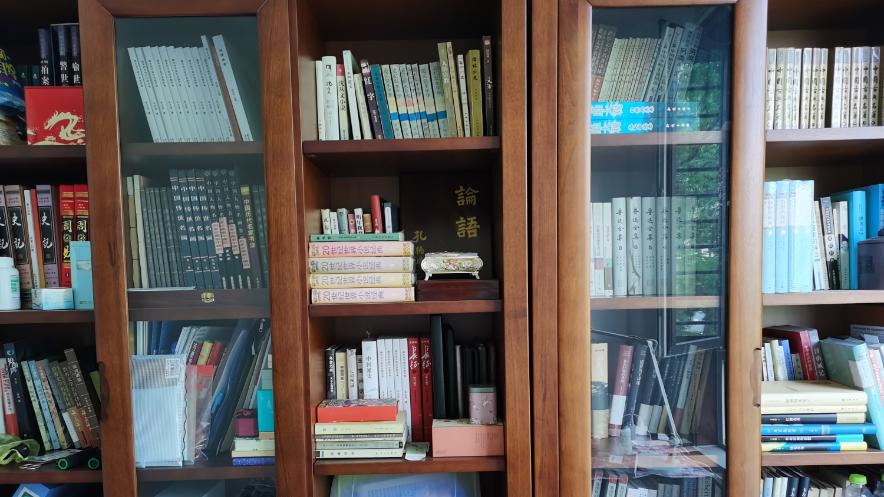
Feng Wenmao/Wen Some friends often send such a discussion in front of me, ...
Handan City Library held the 2021 Award Book Fair
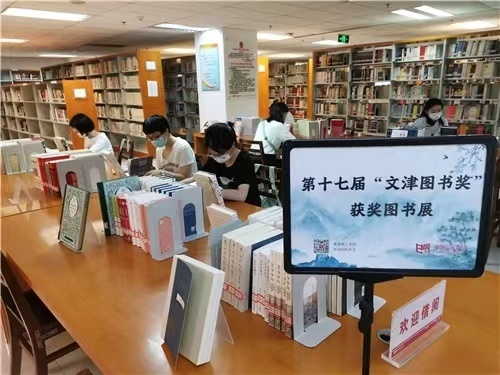
On June 15, the Library of Handan City resumed the first day of opening up. In the...